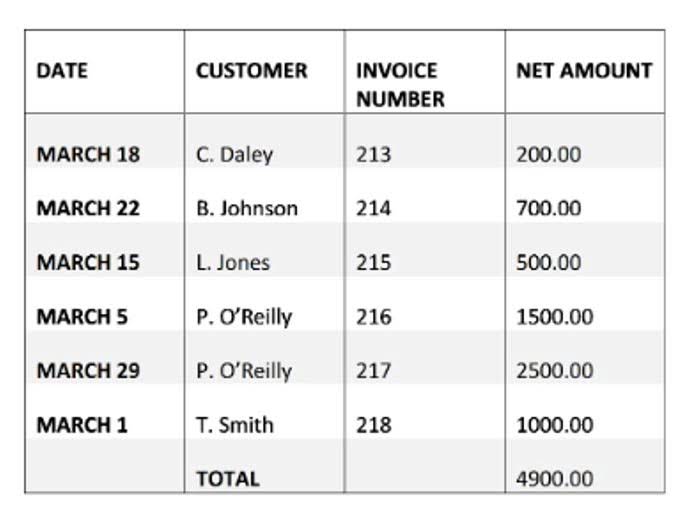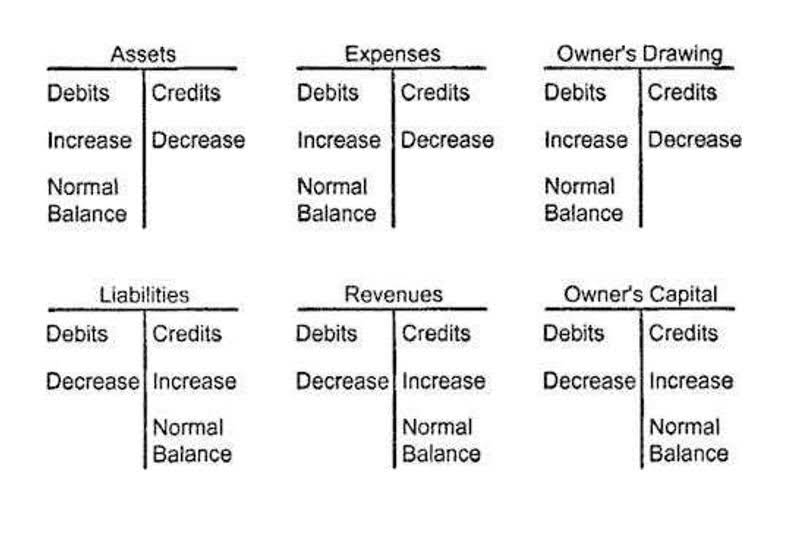Understanding Construction-in-Progress and GAAP PVM Accounting
- Posted by lostartist in Bookkeeping
- No Comments
-

This distinction makes CIP a crucial accounting tool for industries like construction, where large-scale projects require meticulous financial oversight. This article explores key aspects of CIP accounting in compliance with GAAP, helping construction professionals, accountants, and businesses navigate the complexities of capital project financials. For expert guidance on CIP accounting or construction financial management, contact PVM Accounting today! Detailed CIP records give stakeholders confidence in a company’s financial practices, especially during audits. By tracking project costs in real-time, businesses can identify budget overruns early and adjust accordingly. Build to use can be an extension in an existing office facility, building a new plant, warehouse, or any business asset.
Mitigating Common Challenges in CIP Accounting
Tools like Procore, Sage 300 Construction and Real Estate, and Viewpoint Vista offer robust features tailored to the unique needs of construction projects. These platforms provide real-time data, enabling accounting cip project managers to monitor expenditures closely and make timely adjustments as needed. One of the fundamental aspects of CIP accounting is the categorization of costs. Direct costs include materials, labor, and subcontractor fees, which can be directly attributed to the project.
- The company’s record revenue depends on the total construction revenue multiplied by the percentage of completion.
- This adjustment reclassifies costs for eliminated project elements as current expenses, maintaining CIP accuracy.
- Typically, companies that utilize construction financing to build a property obtain permanent financing that replaces the construction loan.
- One of the key purposes of CIP is to provide transparency in financial reporting.
- In this guide, we’ll explore what construction-in-progress accounting is, who uses it, why it matters, and how to effectively manage CIP accounts.
Managing Complex Projects

It can be a selling contract of building a ship, airplane, building, or other fixed assets. The CIP procedures dictate the proper recording of construction costs in financial statements. In the company’s balance sheet, construction in progress is most commonly found under the head of PP & E( Plant, Property & Equipment). Invoices would also be identified as relating to a specific fixed asset, rather than a general pool. If this happens, the task of moving these into a live category upon project completion is simple.
Difference Between CIP and WIP Accounting

Assets under construction are those not yet ready for use, potentially among the largest fixed assets a company holds. Construction-in-progress (CIP) accounting is the process accountants use to track the costs related to fixed-asset construction. Because construction projects necessitate a wide range of prices, CIP accounts keep construction assets separate from the rest of a company’s balance sheet until the project is complete. Construction-in-progress (CIP) accounting is an essential tool for businesses managing long-term projects or significant asset construction.

For instance, if a project is 60% complete, 60% of the total contract revenue can be recognized. This approach not only smooths out revenue over the project’s duration but also helps in matching costs with revenues, thereby offering a clearer picture of profitability. Construction-in-progress (CIP) is an account in which the costs incurred to build a fixed asset are stored. This account is only used while an asset is being constructed, after which the total cost is shifted to another fixed asset account.
- Delays can extend the period during which CIP is reported, potentially impacting financial projections and investor confidence.
- Because office buildings, multifamily properties and warehouses may take several years to complete, this “temporary” classification may remain on a company’s books for several years.
- Understanding how Construction in Progress (CIP) functions on the balance sheet is crucial for businesses involved in long-term projects.
- After the completion of construction, the company will record depreciation on the asset.
We used the unbilled accounts receivable account to prevent confusion with the bill receivable which represents the amount we already bill to customers. Each small job will be considered as finished only after they are delivered to the customers. It requires the company to separate the work into small units which are not practical for all construction. All of the components must be measured reliable which enables the accountant bookkeeping to record them into the financial statement.
Construction in progress impacts financial analysis by providing insights into the amount of investment tied up in ongoing construction projects. It helps evaluate the capital expenditure, profitability, and overall financial health of the business. Every construction project tells a story – one that sees the power of human creativity turn nuts, planks, & bolts into impressive tools and structures. However, teams that forget to correctly account for those fixed assets, their usage, etc. will quickly see the financial side of that story spin into a mystery novel. Construction work-in-progress assets are unique in that they can take months or years to complete, and during the construction process, they are not usable.
How to Record Construction-In-Progress Charges?

Once the construction begins, those costs must be reclassified as “work in progress”. This can be done by a variety https://www.bookstime.com/ of methods, but the most common is to use the percentage of completion method. This method involves estimating the percentage of work that has been completed at the end of each reporting period and then recognizing that amount of revenue and expense. Once expenses are recorded, they need to be allocated to the appropriate asset account. The Financial Accounting Standards Board (FASB) defines Construction in Progress (CIP) as the cost of construction work being undertaken on a long-term asset that is not yet ready for its intended use.

